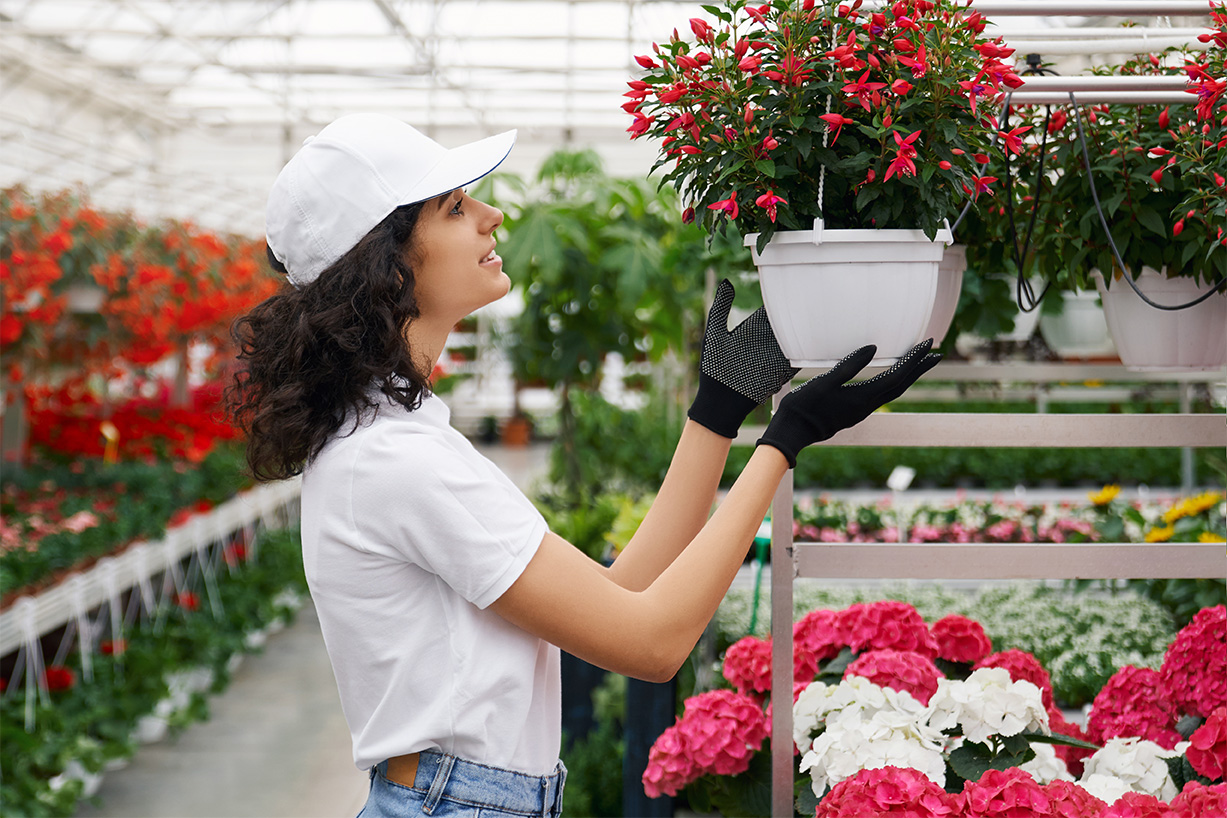Introduction
Floriculture, also known as flower farming, is the study and practice of growing and selling flowers and foliage plants. It’s a branch of horticulture that involves cultivating plants for gardens, floristry, and other uses. The vibrant world of flowering and ornamental plants, is not just about growing beautiful blooms; it also involves a sophisticated blend of art and science. At the heart of this industry lies plant breeding, a critical process that transforms nature’s offerings into the stunning varieties we see in gardens, landscapes, and floral arrangements.
What is Plant Breeding?
Plant breeding is the practice of selecting and cultivating plants with specific traits to produce new varieties. In floriculture, this often means developing flowers that are not only visually appealing but also resilient, disease-resistant, and easy to grow. The ultimate goal is to create unique varieties that meet consumer preferences and market demands.
The Impact of Plant Breeding on Floriculture
- Diversity of Varieties
Plant breeding has led to an explosion of flower varieties available in the market. From classic roses to exotic orchids, the range of colours, sizes, and fragrances has expanded significantly, allowing consumers and designers to choose from a wider array of options. - Sustainability
Breeders are increasingly focused on developing sustainable varieties that require fewer resources, such as water and fertilizers. By creating plants that are more resilient to pests and diseases, breeders help reduce the need for chemical treatments, promoting environmentally friendly practices in the floral industry. - Economic Growth
The floriculture industry is a significant contributor to the economy. By innovating and creating new varieties, plant breeders help stimulate growth in both local and international markets, providing jobs and boosting trade. - Cultural Significance
Flowers play a vital role in various cultures and traditions around the world. Plant breeding allows for the preservation of specific traits that hold cultural significance, ensuring that beloved varieties continue to flourish for future generations.
Conclusion
Plant breeding is a fascinating and essential component of floriculture, blending science with creativity to produce the beautiful flowers we cherish. As technology advances and our understanding of plant genetics deepens, the future of plant breeding holds even more promise. By continuing to innovate, breeders will play an important role in shaping the landscapes of our gardens and the aesthetics of our lives, ensuring that the beauty of flowers remains vibrant and diverse for generations to come.
Comments are closed.




